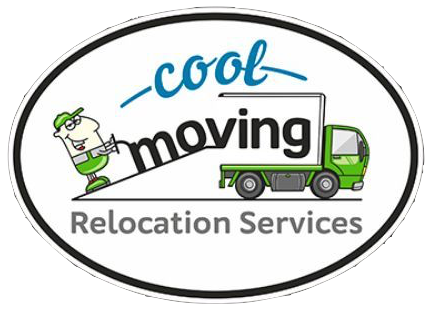Use this comprehensive checklist to plan your move effectively. Learn what to consider when organizing your relocation for a smooth and stress-free experience.
1. Create a Moving Timeline
Start by creating a timeline that outlines all the tasks you need to complete leading up to your move. This will help you stay on track and avoid last-minute stress.
- Set a Moving Date: Choose your moving day and work backward from that date to schedule tasks.
- Break Down Tasks by Week: Divide your checklist into weekly tasks, such as booking movers, packing, and notifying utilities.
2. Declutter Your Home
Moving is the perfect opportunity to declutter. Go through your belongings and decide what to keep, donate, sell, or discard.
- Sort by Room: Tackle one room at a time to make the process more manageable.
- Host a Garage Sale or Donate: Sell or donate items you no longer need to reduce the volume of belongings to move.
3. Hire a Moving Company
Choosing the right moving company is crucial to ensuring a smooth move. Research your options and book a reputable company well in advance.
- Get Multiple Quotes: Contact several moving companies to compare prices and services.
- Read Reviews: Check online reviews and ask for references to ensure you’re hiring a reliable mover.
- Confirm Details: Once you’ve chosen a mover, confirm the date, time, and any specific requirements.
4. Notify Important Parties
Make sure to inform all relevant parties of your move to avoid disruptions and ensure a smooth transition.
- Change of Address: Notify the post office, banks, and other institutions of your new address.
- Utilities: Arrange for utilities to be disconnected at your old home and connected at your new one.
- Notify Schools and Employers: If you have children, inform their schools about the move. Also, notify your employer if necessary.
5. Gather Packing Supplies
Before you start packing, make sure you have all the necessary supplies on hand.
- Boxes: Collect a variety of box sizes for different types of items.
- Packing Materials: Get bubble wrap, packing paper, and packing tape to protect your belongings.
- Labeling Supplies: Have markers and labels ready to clearly mark each box with its contents and destination room.
6. Start Packing Early
Packing always takes longer than expected, so it’s wise to start as early as possible. Begin with items you use less frequently.
- Pack by Room: Focus on one room at a time to stay organized.
- Label Everything: Clearly label each box with its contents and the room it belongs to in your new home.
- Pack a Essentials Box: Pack a box with essentials like toiletries, a change of clothes, important documents, and anything else you’ll need immediately upon arrival.
7. Prepare Your New Home
Before moving day, ensure your new home is ready for your arrival.
- Clean the New Space: Clean your new home thoroughly before moving in.
- Check Utilities: Make sure all utilities are connected and working properly.
- Plan Furniture Placement: Have a rough idea of where your furniture will go to make unpacking easier.
8. Plan for Moving Day
The big day will go much smoother if you’re well-prepared.
- Confirm with Movers: Double-check the moving company’s arrival time and any specific instructions.
- Protect Floors and Walls: Use protective coverings to prevent damage during the move.
- Have Snacks and Water Ready: Moving can be exhausting, so keep snacks and drinks on hand for yourself and the movers.
9. Take Care of Final Details
After everything is moved, there are still a few things to wrap up.
- Unpack Essentials First: Start with the most important boxes, like kitchen supplies and bedding.
- Inspect Your Belongings: Check all your items for damage or loss and report any issues to the moving company immediately.
- Change Locks: For added security, consider changing the locks on your new home.
Conclusion
By following this checklist, you can ensure that your move is well-organized and as stress-free as possible. Planning ahead, staying organized, and taking care of the details will help you transition smoothly into your new home.


Recent Comments